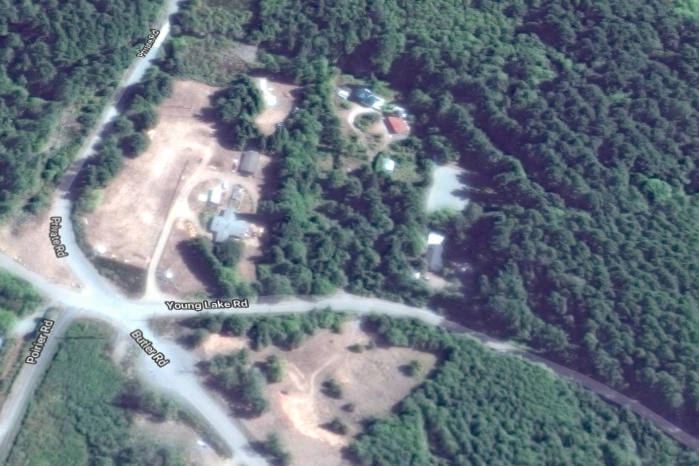The authority investigating the death of a 13-year-old student from Saanich’s Lansdowne middle school says it won’t speculate on his death at this stage.
“The BC Coroners Service is in the very early stages of its fact-finding investigation involving the death of a male teenager from yesterday to determine how, where, when and by what means he came to his death,” said Andy Watson, manager for strategic communications with BC Coroners Service. “We won’t be speculating on cause of death — that is something our investigation will do — both [in terms of] the classification of death but also any contributory factors.”
RELATED: Saanich school grapples with death of 13-year-old
RELATED: Victoria teen killed on field trip near Sooke
Watson also added that his office will not be releasing or confirming identity of the deceased for privacy reasons.
Legislative revisions passed in 2007 require BC Coroners Service to investigate the death of every child. The Coroners Service Child Death Review Unit (CDRU) will additionally review all deaths following the conclusion of investigations by the BC Coroners Service.
The 13-year-old died Wednesday afternoon at the scene of a field trip to Camp Barnard near Sooke after a tree struck and pinned him, according to available information. The teen received CPR on scene, but later succumbed to his injuries. A second Grade 8 student from the school is now recovering at home after receiving treatment for non-life threatening injuries at an area hospital.
It is officially not clear what caused the tree to strike and pin the boy. Winds gusts of up to 80 km/h blew through the area with its rough terrain, which took responders – aided by students – some time to reach.
Looking at the broader picture, a 2018 report prepared by CDRU recorded 293 deaths of children (individuals under the age of 19) in British Columbia during 2016. The province has a child death rate of 32.5 children per 100,000 population based on 902,455 children living in British Columbia in 2016.
The report notes that mortality patterns among children change from birth to adolescence.
“In general, children are most vulnerable to illness or death during the neonatal period of infancy,” it reads. The neo-natal period runs up to 28 days and of the 293 recorded deaths in 2016, 108 — or almost 37 per cent — happened during this period. Almost almost of all cases (104) were deaths by natural causes — or as the report defines it, “fatalities primarily caused by an internal disease process, such as an underlying medical condition or acquired illness, or from complications of the condition or treatment.”
The other cases involve injuries (one) or undetermined causes (three).
“Following the neonatal period, mortality rates decline and remain lower throughout early childhood,” it reads. “Mortality rates increase once again as children approach adolescence, when injuries take over as the leading cause of child death.”
Injuries, intentional or unintentional, were responsible for almost 40 per cent of the 23 deaths among children aged 10 to 14 years recorded in 2016. That number rose to 76 per cent, as injuries accounted for 51 out of 67 death among children aged 15 to 18.
This said, natural causes of death comprise the greatest proportion of deaths involving children (62 per cent) with most natural deaths occurring in the first 28 days of life (57 per cent). Injury deaths comprise the second greatest proportion of deaths involving children (29 per cent) and most injury deaths occur in young people ages 15 to 18 (60 per cent). Undetermined causes of death occur most often with infants (57 per cent).
“Although tragic and devastating to the families, friends and communities, children’s deaths are a relatively rare event in British Columbia, especially beyond infancy,” the report notes. “Identifying how children die each year in British Columbia provides valuable information on overall child mortality, and looking at child deaths in terms of specific causes and ages is particularly important when looking at any future preventative opportunities,” it adds later.
